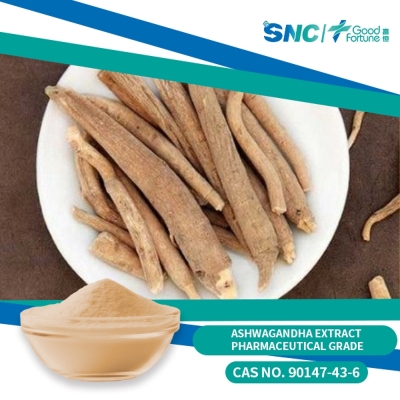-
Categories
-
Pharmaceutical Intermediates
-
Active Pharmaceutical Ingredients
-
Food Additives
- Industrial Coatings
- Agrochemicals
- Dyes and Pigments
- Surfactant
- Flavors and Fragrances
- Chemical Reagents
- Catalyst and Auxiliary
- Natural Products
- Inorganic Chemistry
-
Organic Chemistry
-
Biochemical Engineering
- Analytical Chemistry
- Cosmetic Ingredient
-
Pharmaceutical Intermediates
Promotion
ECHEMI Mall
Wholesale
Weekly Price
Exhibition
News
-
Trade Service
Lacosamide (LCM) is a novel antiepileptic drug that exerts anticonvulsant effects
by selectively inhibiting the activation of voltage-gated sodium ion channels.
The journal Therapeutic Drug Monitoring published a study evaluating the correlation between the ABCC2 1249G>A (rs2273697) and -24C>T (rs717620) genotypes and their haplotype and diploid combinations with the blood concentration and efficacy of lacosamide (LCM) in Uyghur children with epilepsy
.
Provides a valuable tool for predicting the clinical efficacy of LCM prior to treatment and facilitates the use of antiepileptic drugs (ASM)
alone in Uyghur children with epilepsy.
The study included 231 children with epilepsy who received LCM treatment in Xinjiang People's Hospital of China in 2018~2021
.
All subjects were treated
regularly with LCM tablets.
Seizure frequency at 3, 6, and 12 months after initiation of LCM treatment is recorded and compared
to baseline monthly seizure frequency.
Participants are considered responsive
if treatment with the maximum tolerated dose of LCM for at least 3 months (monotherapy or in combination with other ASM) results in a ≥50% reduction in seizure frequency.
Participants are considered resistant
if treatment with the maximum tolerated dose of LCM for at least 12 months (monotherapy or in combination with other ASM) fails to reduce seizure frequency by ≥50% and seizures persist.
Children were divided into response groups (n = 166, 72%) and resistant groups (n = 65, 28%)
according to seizure frequency.
For drug concentration determination, 2~3mL of venous blood
was collected from each patient before LCM administration in the morning (about 12 h after evening administration, steady-state LCM concentration).
The remaining samples after monitoring with conventional therapy drugs are used for genotyping analysis
.
A total of 231 Uyghur children with epilepsy (aged 4~14 years)
were included in the study.
The mean age at initiation of LCM was 7.
7±4.
0 years
.
LCM maintenance dose range is 25~400mg/day
.
After normalization by body weight and daily dose, the plasma LCM concentration was measured as 0.
9±0.
4 μg/mL/mg/kg
.
At last follow-up (3, 6, or 12 months after initiation of LCM therapy), 52 pediatric patients received LCM monotherapy, valproic acid combination therapy in 113 cases, levetiracetam combination therapy in 69 cases, oxcarbazepine combination therapy in 65 cases, lamotrigine combination therapy in 29 cases, topiramate combination therapy in 3 cases, and clonazepam combination therapy in 2 cases
.
The LCM concentration-dose (CD) ratio (p < 0.
001) was significantly lower in patients with ABCC2 1249G>A GA genotype (0.
7±0.
3 μg/mL/kg/mg) and AA genotype (0.
5±0.
3 μg/mL/kg/mg) than in patients with GG genotype (1.
0±0.
4 μg/mL/kg/mg).
In addition, patients with ABCC2-24C>T CT genotype (0.
6±0.
2 μg/mL/kg/mg) and TT genotype (0.
6±0.
3 μg/mL/kg/mg) had significantly lower LCM-CD ratios (p < 0.
001) than those with CC genotype (1.
1±0.
4 μg/mL/kg/mg).
The results showed that ABCC2 1249G>A (rs2273697) and ABCC2-24C>T(rs717620) polymorphisms could affect plasma LCM concentration and efficacy in Uyghur children with epilepsy
, making these patients resistant to LCM.
In clinical practice, ABCC2 polymorphisms should be determined prior to LCM therapy, and then the dose
should be adjusted accordingly in children with epilepsy.
Original source:
Ting Zhao, Hong-jian Li, et al, Impact of ABCC2 1249G>A and -24C>T polymorphisms on lacosamide efficacy and plasma concentrations in Uygur pediatric epilepsy patients in China, Therapeutic Drug Monitoring, 2022, DOI: 10.
1097/FTD.
0000000000001003.







